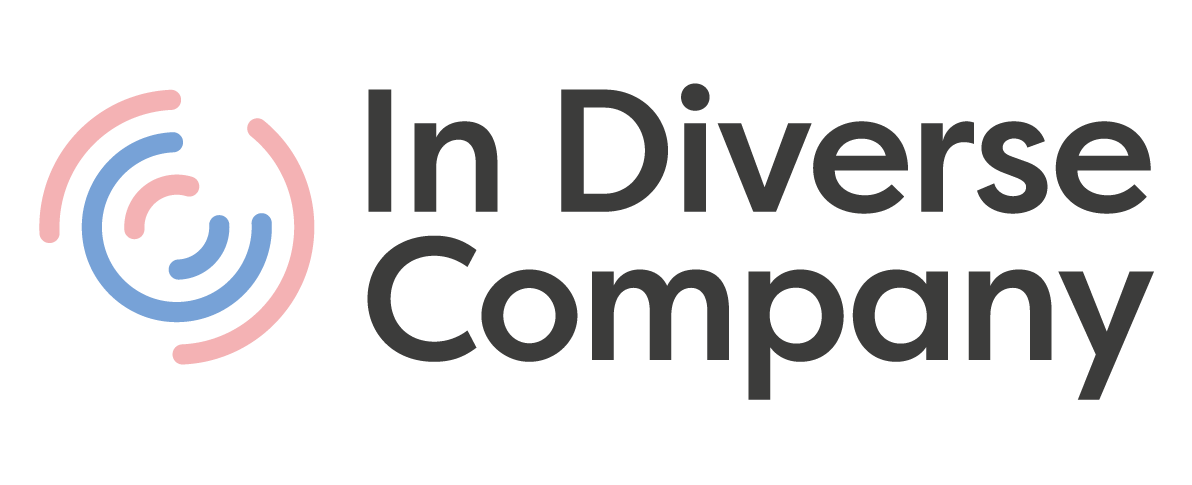By Jai Thade, Head of Content
Part 1: ‘Like a fish trying to see water’
Culture is a force that influences virtually every aspect of our lives. Diverse cultures shape our thinking, behaviour, expectations, and decision-making in different ways. If we want to thrive in increasingly multicultural work environments, it is crucial to understand and navigate the impacts of culture.
This ability is essential to leveraging your organisation’s diversity. It will allow you to collaborate more effectively, better understand diverse customer segments, increase employee engagement, and even support your organisation in expanding to new markets.
The skills and know-how that allow us to navigate cultural differences effectively can be called cross-cultural competence.
The question then arises: how can we cultivate this cross-cultural competence?
This series will explore key concepts and principles that will allow us to work with people from different cultures more effectively. These principles are as follows:
- Reflecting on how our culture shapes us
- Observing others’ culturally influenced habits
- Learning about other cultures
- Engaging in cultural adaptation
***
A good starting point to cultivate cross-cultural competence is to reflect on our culture and how it shapes us.
We all implicitly recognise some ways of behaving as being “normal”, i.e., familiar and acceptable. The problem, however, is that different cultures have different ideas of what is “normal”, familiar and accepted. Until we can’t view our own cultural habits with some distance and objectivity, we will be unable to fully understand other cultures and how to adapt to them.
Here’s an experiment. As you go about your daily routine at work, observe yourself and others around you, paying specific attention to aspects like:
- How direct is communication? To what extent are things explicitly stated, and to what end are they implied?
- To what extent is deference to some hierarchy or authority expected? Are there implicit rules about how to communicate with this authority?
- When decisions are made, how important is the group’s consensus? How many individuals have a say in the decision?
- When negative comments are given to people in a formal setting, how directly or indirectly are these comments communicated?
- When people listen, do they prefer hearing the context or just getting to the point?
- Do people engage in spirited debate? Does this have any bearing on the way they feel about each other as people after?
- How vital is punctuality and promptness to individuals? How important is adaptability and flexibility?
It is useful also to pay attention to more granular details like:
- How overtly friendly are people to strangers?
- How expressive is everyone with their gestures and facial expressions?
- What tone of voice do people employ during regular conversations?
- What kind of humour, if at all, do people deploy?
- How close is it comfortable to stand for people?
The areas mentioned above are by no means exhaustive. However, based on our research analysis, they are some of the most relevant dimensions of difference between cultures when it comes to cross-cultural collaboration.
Spending time observing and reflecting on our own culture is vital because whenever we try to learn about another culture, it will always be in terms of where it is situated on a continuum relative to our culture. Culturally competent individuals don’t think about cultures in absolutes. They think about the relative position of one culture to the other. This approach is called ‘Cultural Relativism’.
Cultural ways of thinking and behaving are so natural, unthinking and unconscious to us that it can be incredibly challenging to notice them. Reflecting on this concept, I am reminded of a joke that the author David Foster Wallace began his 2005 commencement speech at Kenyon College with:
There are these two young fish swimming along, and they happen to meet an older fish swimming the other way, who nods at them and says, “Morning, boys. How’s the water?”
And the two young fish swim on for a bit, and then eventually, one of them looks over at the other and goes, “What the hell is water?”
Within this joke is a truth relevant to our topic: culture is so deeply embedded into all our experiences that seeing its impacts with distance and objectivity is akin to a fish trying to “see” the water it spent its whole existence in. It is something so obvious, so intuitive, so immediate that it can be hidden in plain sight for many of us.
However, as with any behaviour, it gets easier the more one practices it. Therefore, we encourage you to spend some time practising over the next few weeks!
Here’s your next read on inclusive organisations and employees’ mental health






